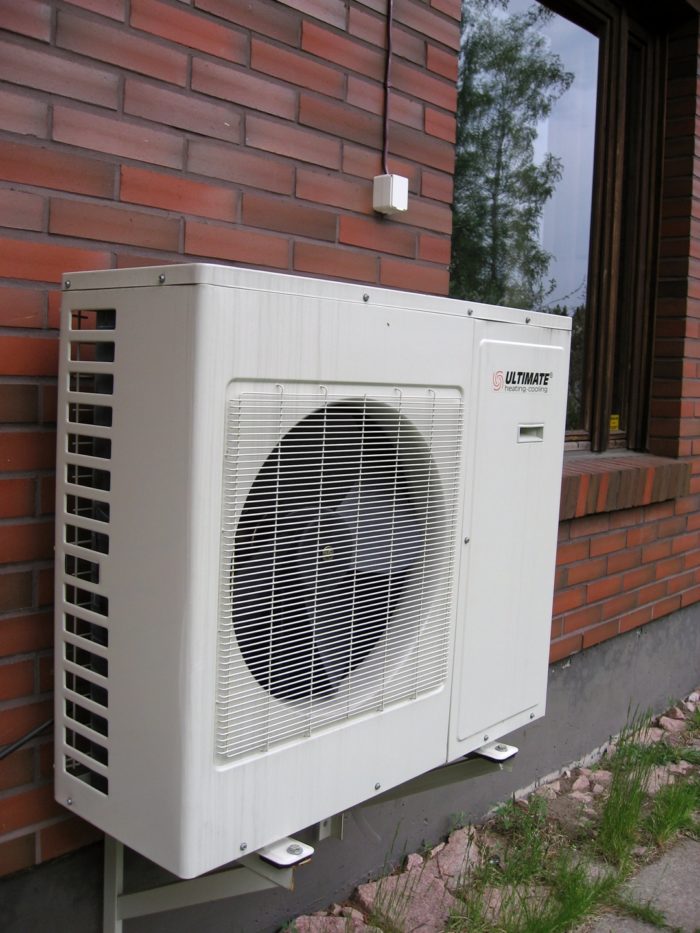
Image Credit: Wikimedia Commons
John Ball faces the usual questions as he decides on a heating system for his new home: What system will deliver the best results at the lowest price? What will keep Ball and his wife comfortable in their Canadian locale in Climate Zone 7?
But there’s something else that Ball has to consider: Their new retirement home will be empty during the winter when they’re in Florida escaping the snow and the cold. As they get older, and health care becomes more expensive, they expect to be returning to Canada on a year-round basis.
As a result, Ball explains in Q&A post at GreenBuildingAdvisor, he has to plan on two scenarios: one for now, and one for later.
He’s been given a long list of options so far, including a ground-source heat pump with a radiant-floor distribution system, an air-to-water heat pump, an electric resistance water heater or boiler, and an air-source heat pump.
“We are totally confused as to what type of system to install,” he writes. “We are on a restricted budget so solutions like a ground-source heat pump are out, and we do not have access to natural gas. We are looking for a balance between initial system cost and efficiency. Heating is not critical now as we spend our winters in Florida, but as Canadians we will eventually find health care costs prohibitive and need to stay home in winter.”
One particular concern is whether the concrete slab for his slab-on-grade home will feel cold in the winter. Winter usually brings a few days of 35 below zero weather, so he’s considering doubling the amount of rigid foam beneath the slab, from 2 inches to 4 inches.
“We are open to any solution,” he says. “What would you suggest?”
Consider performance in very cold…
Weekly Newsletter
Get building science and energy efficiency advice, plus special offers, in your inbox.

This article is only available to GBA Prime Members
Sign up for a free trial and get instant access to this article as well as GBA’s complete library of premium articles and construction details.
Start Free TrialAlready a member? Log in





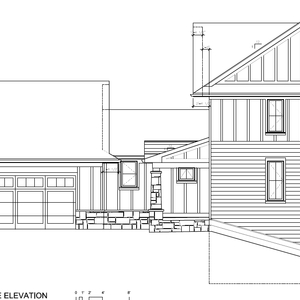
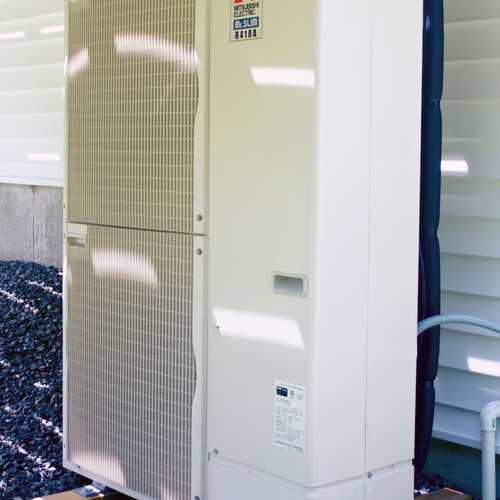
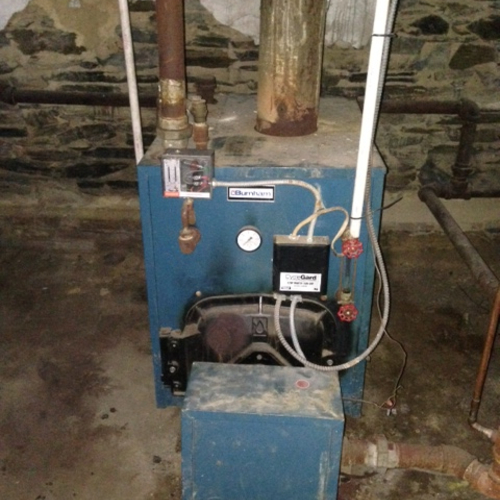
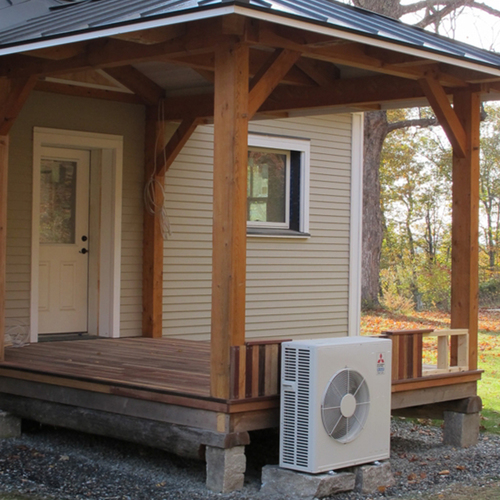






7 Comments
Who is going to be there in a
Who is going to be there in a blizzard to shovel snow away from the outdoor unit? Who is going to be there when the condensate freezes up on the outdoor unit? Having someone check on your house is a far cry from expecting them to pop over there during a blizzard to shovel out your mini split while they are just trying to dig out their own mess.
Any installer worth using... (response to But Why)
Any installer worth their salt knows how to install the unit on the wall, above the snow depth line, and protected from roof avalanches by roof overhangs (rake preferable to eaves.) If no such overhang exists, building a small shed roof with the necessary clearances to the unit works.
In my area we got about 10' of snow over 7-8 weeks this year. The mini-splits a friend of mine had installed on his rental property a few years ago (during a deep energy retrofit) were bracket-mounted 4' off the ground, yet more than 20' below ~1' deep eave overhangs, which was far from ideal. ( I kept recommending building additional shed-roof protection.) Unlike folks with ground-mounted units they stayed clear of snow & ice all season, without intervention.
This is not rocket science, but apparently there aren't many rocket scientists wasting their careers installing mini-splits either. A co-worker of mine recently installed mini-splits at his suburban Boston location, and was getting push back from installers when he insisted he'd only accept quotes that stipulated a minimum of 4' off the ground , under the roof overhangs. (They ended up only about 42" off the ground, but he accepted it anyway, based on just how deep it actually got this near-record season.) Ground level mounting out in the open is fine for air conditioners, but it's stupid-on-a-stick to do that way for a heat pump in snow country.
Cold climate mini-splits auto-defrost, and come with automatic pan-heaters to clear ice build up in the bottom of the pan. While it's important to have automatic backup for unoccupied homes, ice-up problems would not be expected. If there's an ice-up problem, the unit is defective. This is not true for all mini-splits or other air source heat pumps that people might install, but the- __RLS3H Fujitsu or -FH__NA Mitsubishi cold climate units do not ice up if functioning normally. They're designed for these climate conditions.
Let it go cold?
Hi,
Seems like it would make sense to look into what would be required to not heat the house at all when the owners are away in the winter.
I used to volunteer at a Seattle Mountaineer ski lodge that was only open on the weekends. It was never heated during the week. We had a system to quickly drain the plumbing, water heater and toilet tanks to prevent plumbing freezes -- all done in less than 15 minutes with a few valves. Located at 3000 ft in the Cascades -- plenty of cold weather. They have operated with this no heat system since 1928(!) with no significant problems.
It seems a shame that we accept the idea that an unoccupied house should have to be heated when no one is there. Burning fuel and money and producing tons of CO2 for to no useful purpose.
I'm told some "modern" appliances don't like to be left in cold temperatures, but don't know the details. Maybe there are some other difficulties with letting the house go cold? But, surely its worth some effort to work out a way to avoid wasting all this energy?
Gary
Response to Gary Reysa
Gary,
You are correct that it's possible to drain all the plumbing and let a house freeze. I've done it.
It usually takes quite a bit longer than 15 minutes. (It often takes more than 15 minutes just to drain the water heater.)
Here is a partial list of all the ways you can screw things up:
1. You can forget the put antifreeze in the toilet bowl and crack your toilet.
2. You can have sections of copper tubing that weren't sloped properly -- places where water lingers, leading to ice and cracked plumbing.
3. You can have homeowners who are angry when they learn that they have to throw out their cans of paint, Elmer's glue, canned food, and all of the other food products in their kitchen that will be ruined by freezing.
Propane Stove Backup
I live in Montana Climate Zone 6 and have a super insulated 1200 ft Duplex with concrete floors and Minisplit Heat Pumps as the primary heat source, with a gas stove backup. The tenants have never once complained of cold floors (R30 foam beneath the slab), and the only real complaint is the bedroom temperatures if they close the doors.
The tenants love the ambiance of the gas stove, and it provides that warm and cozy feeling that you cannot achieve with a mini split, or electric wall heater backup. My Fujitsu Minisplits were installed in 2008 and were the best I could find at the time. They were rated to operate down -5 f degrees, but I have seen them working down below -10 F.
I have a simple control strategy of keeping the stove thermostat set-point lower than the mini split, so it will only turn on if the mini split cannot keep up.
Regards,
Russ Hellem
Hi Martin,
Don't want to
Hi Martin,
Don't want to belabor this, but what I'm talking about is a system that is set up for the homeowner that is easy and fast to go thru. The system we had normally had 3 people assigned and took less than 5 minutes.
Draining the hot water tank takes almost no time at all -- just turn the values, and it drains on its own -- you don't have to wait for it. The most time consuming task was to open all the faucets throughout the lodge, but still well inside of 5 minutes.
Another nice thing about the system is that you don't have to worry about broken pipes during a power failure and freeze, and resultant floods when the power comes back on.
It seems like given the the large number of people who leave their homes for long periods of time to go to a warmer climate that the energy, cost and carbon saving would be huge.
Gary
Response to Gary Reysa
Gary,
I go through the process every fall for my mother, who spends the winter in Florida, so I'm familiar with all the steps. You get an award for doing it in 5 minutes.
The reason I wait 15 minutes until the water heater tank has finished draining is that I have to coil up the garden hose and put it away. While the tank is draining, I'm removing all of the plumbing traps, flushing the toilet, sponging out the toilet bowl, and adding windshield washer fluid to the toilet bowl and the traps that can't be disassembled.
Many American homeowners get sick of finding containers that have been ruined by freezing. I'm familiar with the problems that happen when Elmer's glue, ketchup, Campbell's soup, drywall compound, and latex paint freeze, but every homeowner who lets their house freeze will come up with their own personal list of ruined items. Letting a house freeze is an option, but one that most people won't choose.
Log in or become a member to post a comment.
Sign up Log in